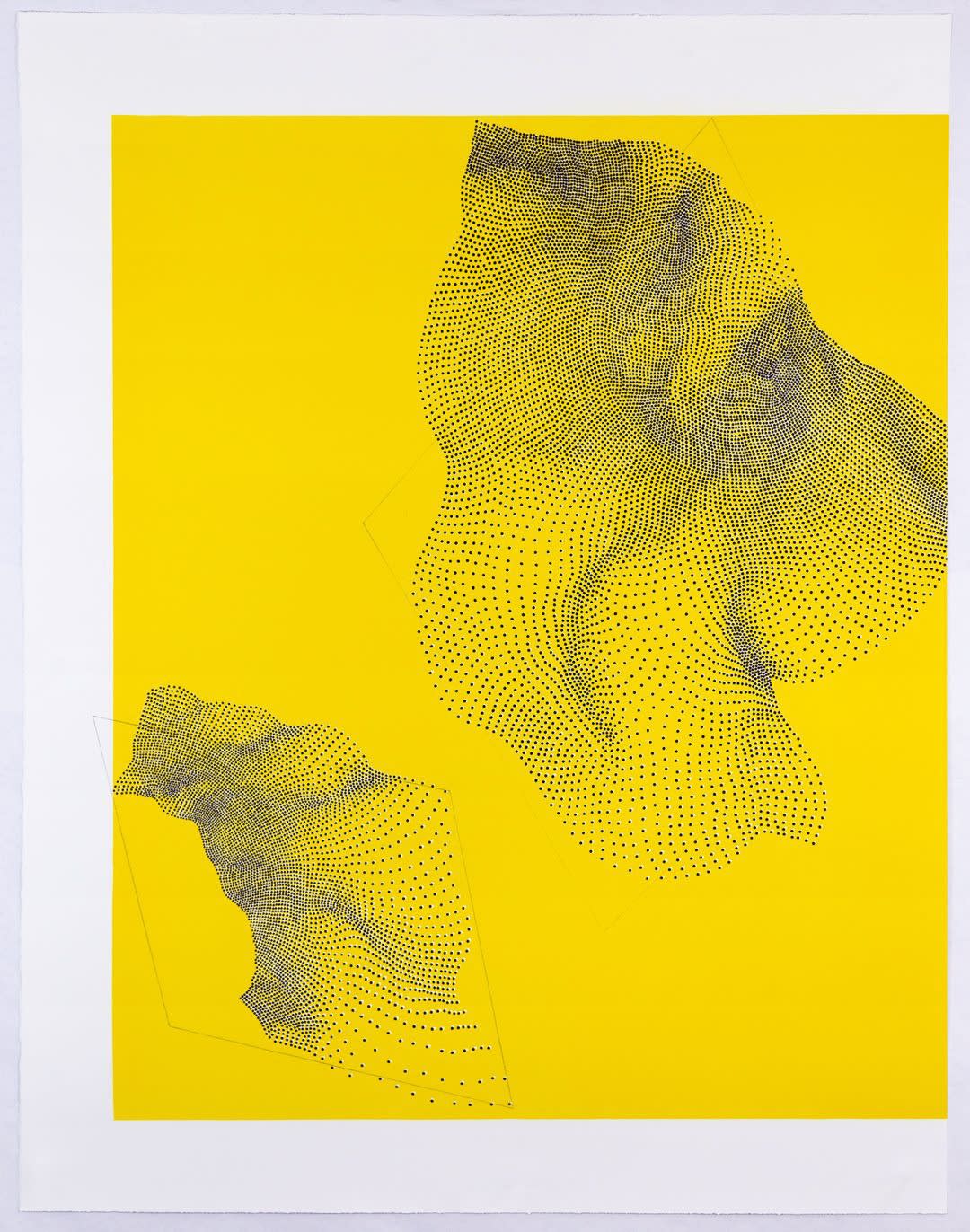Fritz Scholder
Fritz Scholder (1937-2005, Minnesota) was a highly influential Native American artist who embraced paradox to deconstruct the myth of the American Indian. The son of a Bureau of Indian Affairs Administrator, Scholder was born in Minnesota and spent his childhood on the campuses of Indian schools where his father worked. Though an enrolled member of the La Jolla Band of Luiseño Indians, the artist often said he was “as French or German as he was Indian.” Blending post-modern abstraction with Pop Art and political commentary, Scholder’s works are immediately recognizable for their vibrant confrontation with Native stereotypes. This bold and unique exploration of identity and indigenous representation propelled the artist into prominence early in his career.
Scholder received his BFA from Sacramento State University, where he studied with notable painter Wayne Thiebaud, and his MFA from the University of Arizona, where he participated in the Rockefeller Indian Art Project. Following his degrees, Scholder was invited to join the newly-founded Institute of American Indian Arts in Santa Fe, where he taught painting and art history. While in New Mexico, the artist also participated in a residency at the Tamarind Institute in Albuquerque, establishing Scholder’s talent as a printmaker, as well as Tamarind’s role as a leading printmaking center. After his tenure, the artist spent time in Europe and North Africa, travels that inspired his work throughout the 1980s and 1990s. The artist soon returned to Santa Fe, working from his home and studio on Canyon Road until his death in 2005. Scholder has shown across the United States and his artwork is held in numerous major collections, including the Denver Art Museum, Phoenix Art Museum, Heard Museum (Arizona), Smithsonian Institute (Washington D.C) and Hammer Museum (Los Angeles), among other prestigious collections.



